Dire warnings as Serbia's debt grows
Serbia's foreign debt reached USD 30.67bn at the end of June this year, almost tripling since 2000.
Saturday, 12.09.2009.
18:14

Serbia's foreign debt reached USD 30.67bn at the end of June this year, almost tripling since 2000. Institute for Market Research (IZIT) Director Miloje Kanjevac said in Belgrade on Saturday that the overall public sector debt in this period grew to USD 10.24bn from USD 8.8bn. Dire warnings as Serbia's debt grows At the same time, private enterprises saw their debt figure of USD 2.03bn in 2000 reach a whopping USD 20.23bn this year. Kanjevac concluded that the transition was "obviously based on excessive borrowing and unproductive spending of financial means", coupled with "casino privatizations" that suited big businesses and created monopolies and cartels. Because of excessive spending – spurred by the state and the failing economy – Serbia is now, in the middle of the economic crisis, generating more debt and borrowing more intensively both from international financial institutions and other countries. Kanjevac explained that this once again creates a mirage of microeconomic stability, but warned that it could be shattered at any moment unless there is a fundamental U-turn of the economic policy. Kanjevac also warned that the stand-by arrangement with the IMF will prove counterproductive unless the government embarks on a serious transformation of the entire public sector and starts implementing an export strategy, that should be based on active lobbying of other states in favor of Serbia's entrepreneurs in the new markets.
Dire warnings as Serbia's debt grows
At the same time, private enterprises saw their debt figure of USD 2.03bn in 2000 reach a whopping USD 20.23bn this year.Kanjevac concluded that the transition was "obviously based on excessive borrowing and unproductive spending of financial means", coupled with "casino privatizations" that suited big businesses and created monopolies and cartels.
Because of excessive spending – spurred by the state and the failing economy – Serbia is now, in the middle of the economic crisis, generating more debt and borrowing more intensively both from international financial institutions and other countries.
Kanjevac explained that this once again creates a mirage of microeconomic stability, but warned that it could be shattered at any moment unless there is a fundamental U-turn of the economic policy.
Kanjevac also warned that the stand-by arrangement with the IMF will prove counterproductive unless the government embarks on a serious transformation of the entire public sector and starts implementing an export strategy, that should be based on active lobbying of other states in favor of Serbia's entrepreneurs in the new markets.











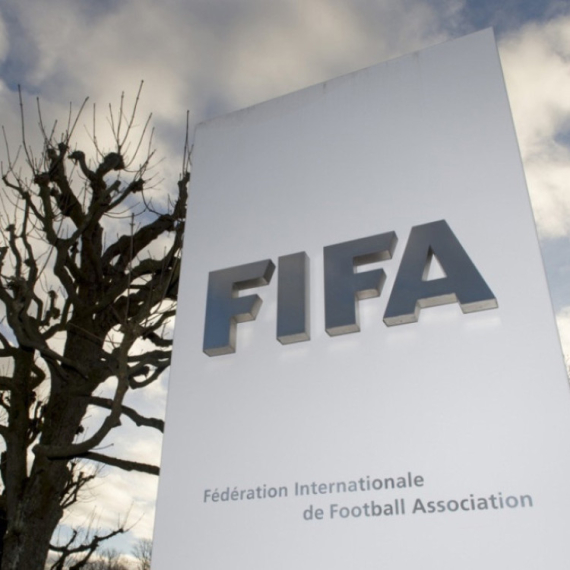



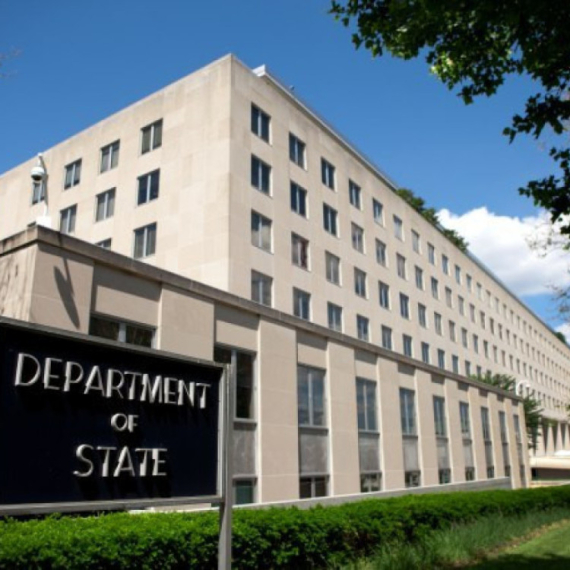

























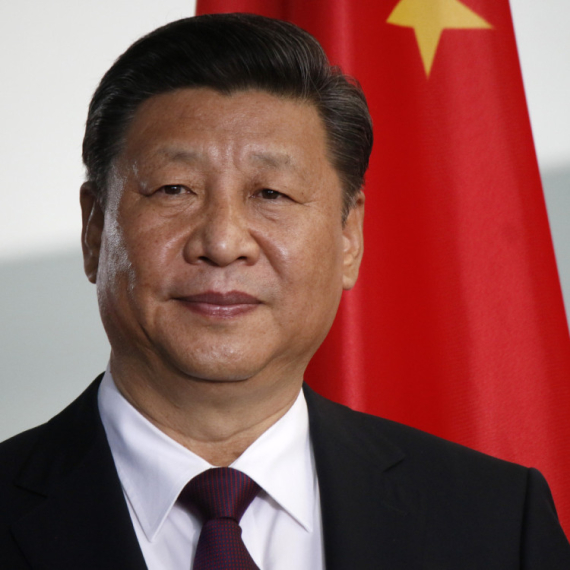


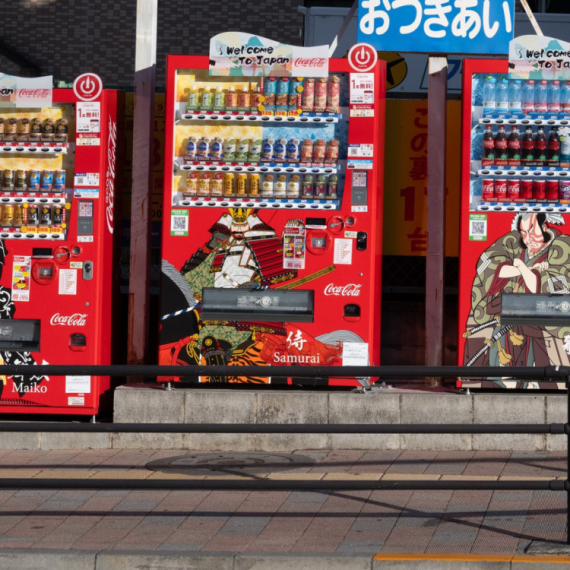








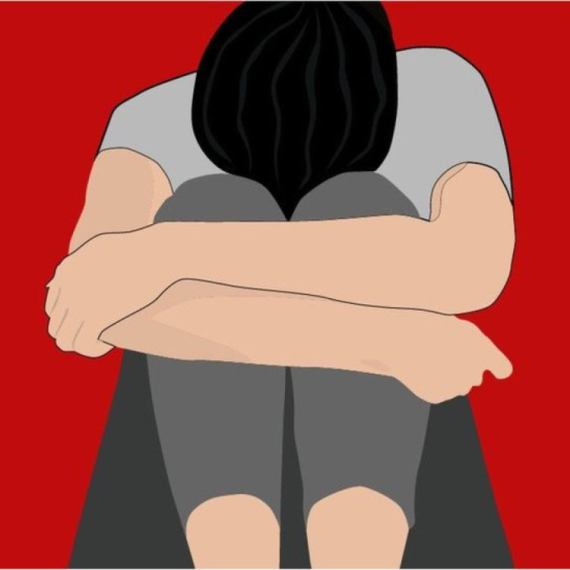




Komentari 1
Pogledaj komentare